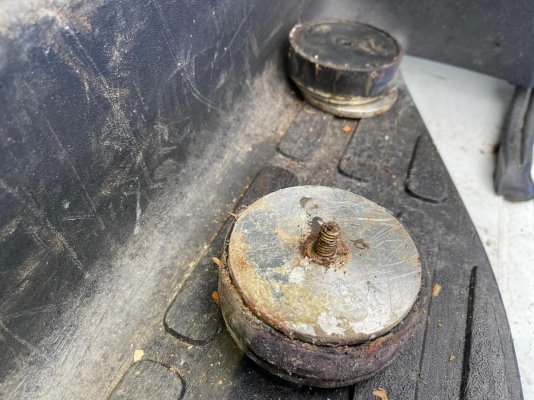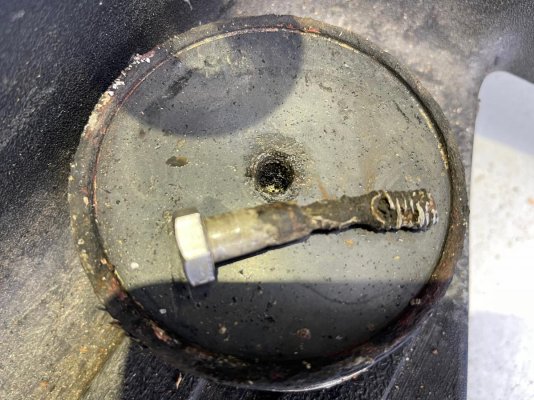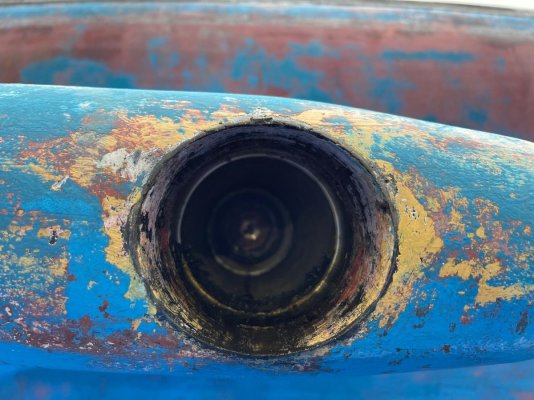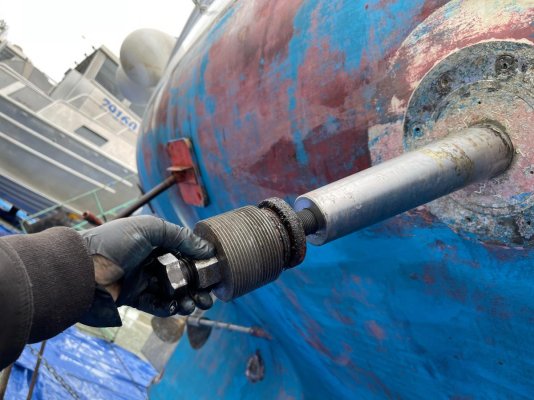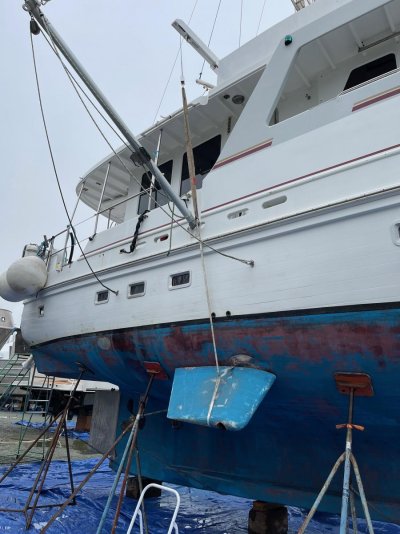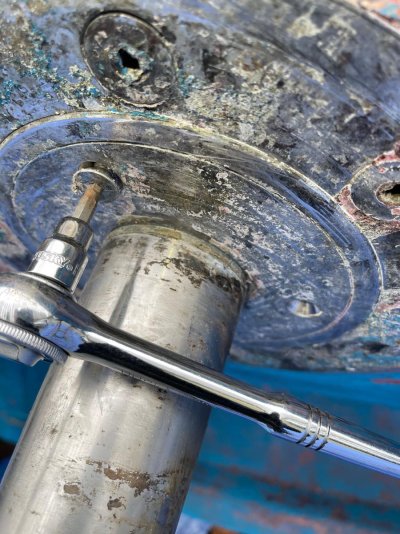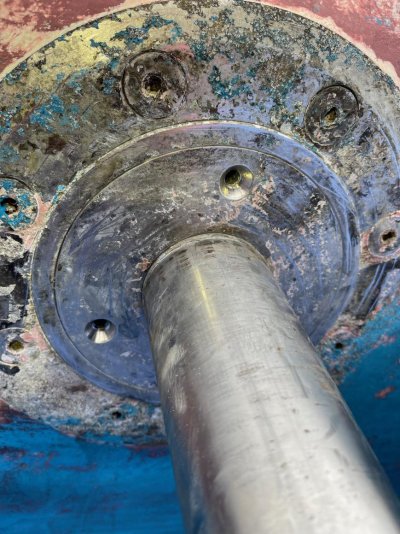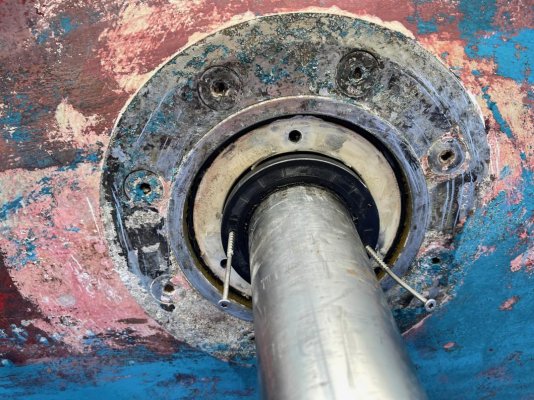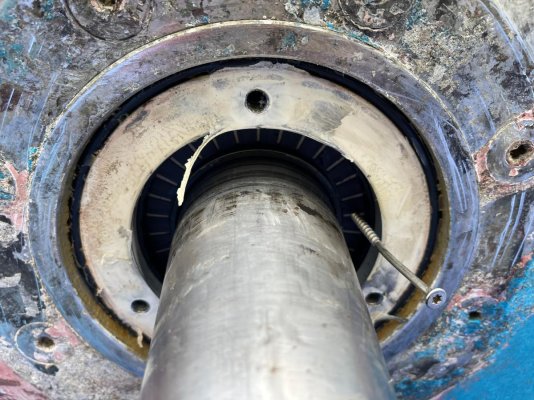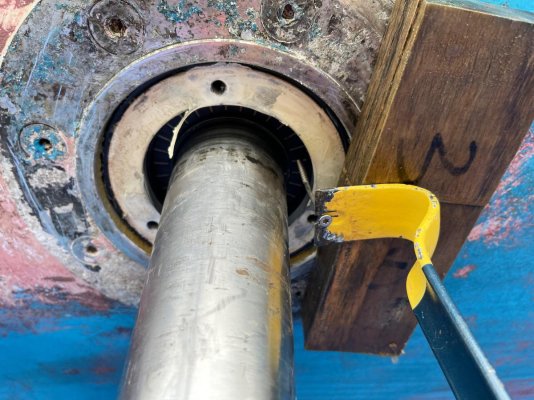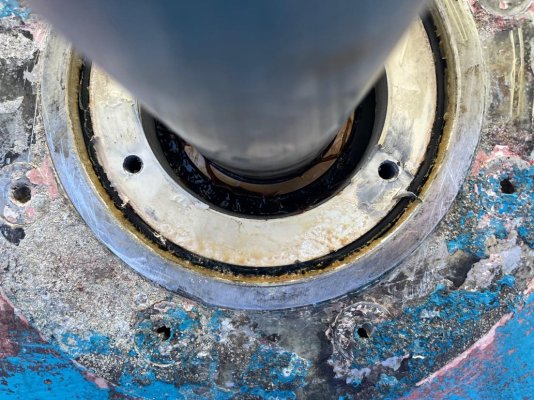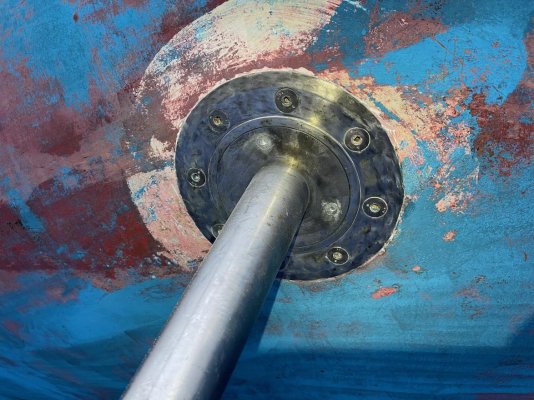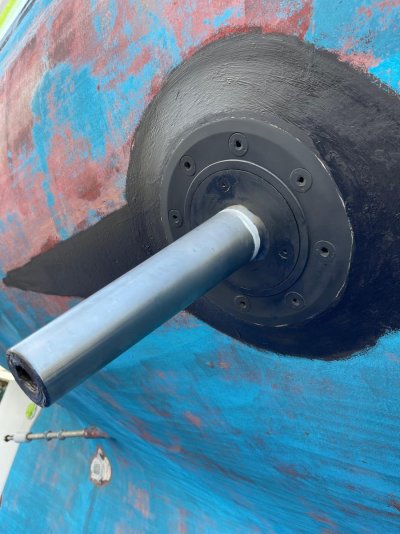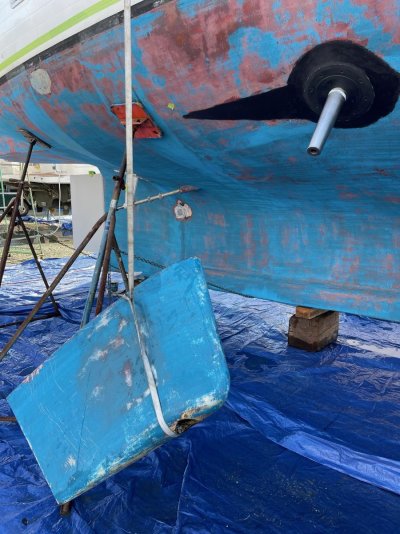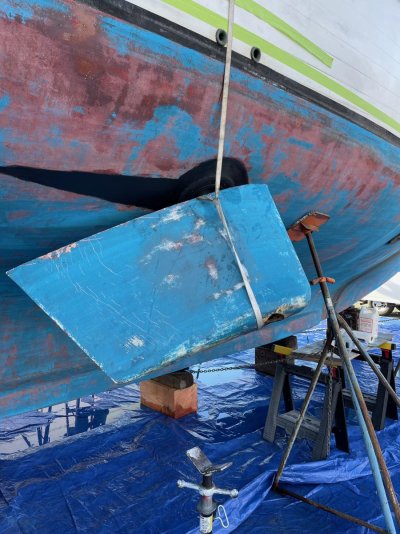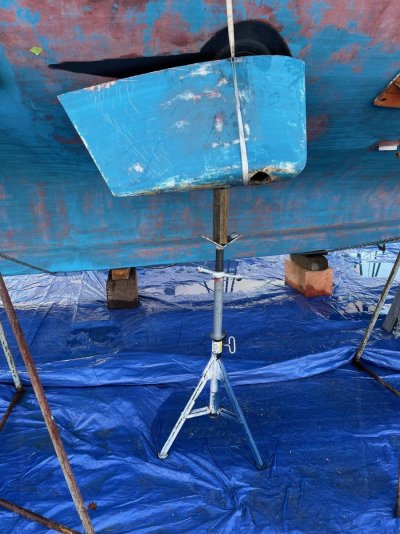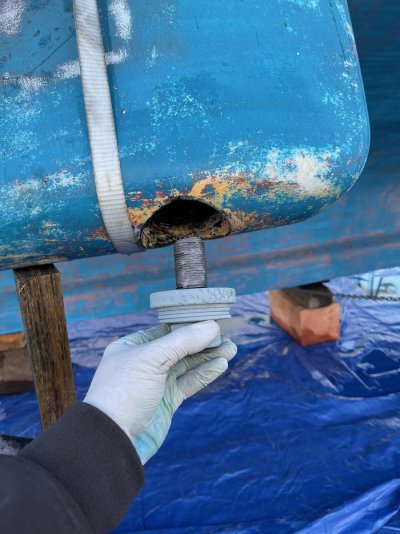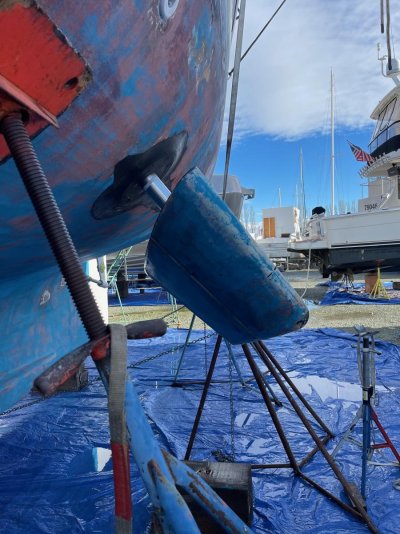Snapdragon III
Senior Member
- Joined
- Sep 1, 2016
- Messages
- 457
- Location
- Anacortes, WA
- Vessel Name
- Snapdragon
- Vessel Make
- Custom 56' Skookum trawler
My new boat came with Keypower stabilizers. They were due for a seals replacement, and I was too cheap to pay to have it done, so decided to try and replace them myself. I couldn't find much info on the internet about how to do it, and Keypower doesn't seem to have any documentation on how to do it available, (Their tech support has been very helpful). I figured I would post about my project here, in case anyone else want's to try this in the future.
The cost for the new seals was $139 for both sides. Keypower (Kobelt) Tech support has been great talking me through all my questions on the phone, and getting the parts out to me quickly.
The stabilizers were added to the boat 10 years ago, and I am pretty sure this is the first time the seals have been replaced. They have been all the way from the Pacific NW, to Fiji and back, and were not leaking or having any problems. This was a preventative replacement. There are three layers of seals in the system. There are two spring loaded double lip seals stacked back to back, and then a stainless steel cover plate over the top of them that has an o-ring seal in a machined groove on its inside and outside. I was surprised when I took it apart that the outer o-ring seal had kept it completely sealed the whole time, and the inner double lip seals looked as though they had never seen a drop of salt water. I probably should have just left them and replace the o-rings, but I had it apart so went for it and replaced everything.
The cost for the new seals was $139 for both sides. Keypower (Kobelt) Tech support has been great talking me through all my questions on the phone, and getting the parts out to me quickly.
The stabilizers were added to the boat 10 years ago, and I am pretty sure this is the first time the seals have been replaced. They have been all the way from the Pacific NW, to Fiji and back, and were not leaking or having any problems. This was a preventative replacement. There are three layers of seals in the system. There are two spring loaded double lip seals stacked back to back, and then a stainless steel cover plate over the top of them that has an o-ring seal in a machined groove on its inside and outside. I was surprised when I took it apart that the outer o-ring seal had kept it completely sealed the whole time, and the inner double lip seals looked as though they had never seen a drop of salt water. I probably should have just left them and replace the o-rings, but I had it apart so went for it and replaced everything.

